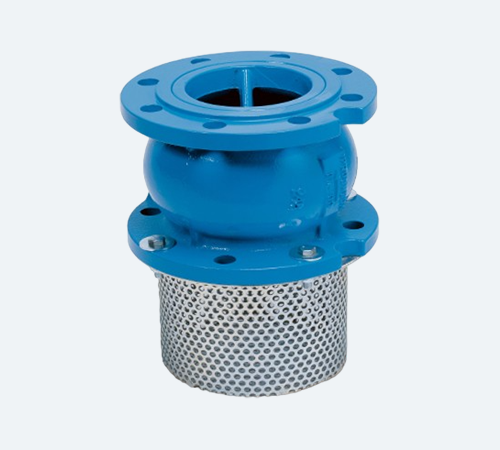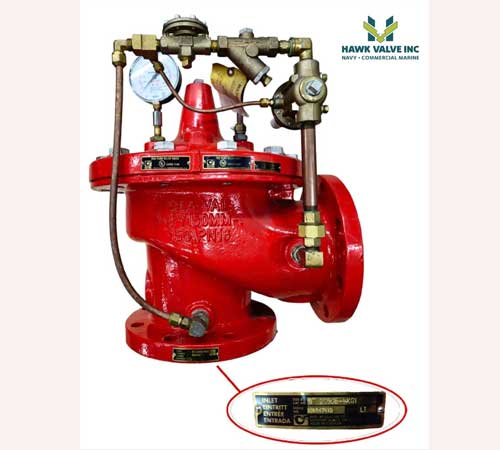
Pressure Relief Valve
Normal Operation: The PRV remains closed, preventing fluid flow. Pressure Rise: As pressure increases within the system, it acts on the valve's internal components (often a spring and diaphragm or piston). Valve Opening: When pressure surpasses the set point, the valve opens, allowing fluid to escape. Pressure Reduction: As fluid escapes, pressure decreases, and the valve closes automatically.
Description
Spring: Controls the opening pressure of the valve.
Diaphragm or Piston: Seals the valve when closed and responds to pressure changes.
Valve Seat: Provides a tight seal when the valve is closed.
Outlet Port: Directs the released fluid to a safe location.
Hydraulic systems: Protecting pumps, cylinders, and hoses.
Pneumatic systems: Safeguarding compressors and air tanks.
Boilers and pressure vessels: Preventing explosions.
Chemical processing: Controlling pressure in reactors and storage tanks.
Refrigeration systems: Protecting compressors and condensers.
Direct-acting: Opens directly in response to pressure.
Pilot-operated: Uses a pilot pressure to control the main valve.
Temperature relief valve: Opens in response to temperature increase.
Similar Products
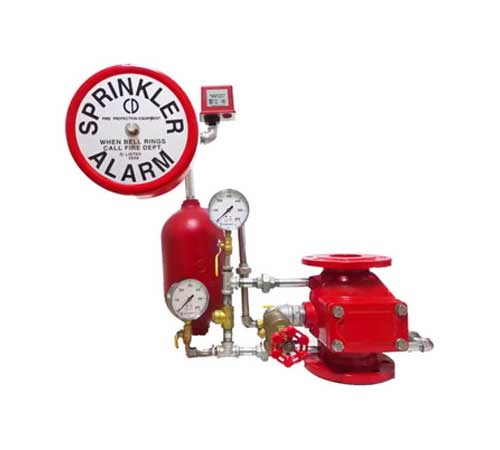
Alarm Check Valve
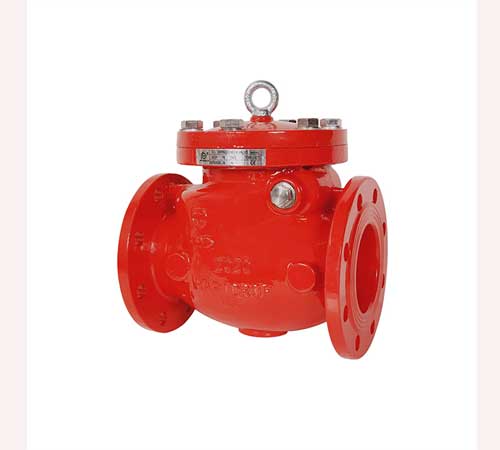
Check Valve
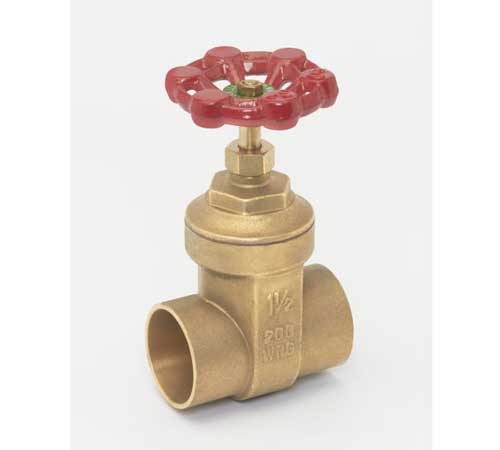
Gate Valves

Pressure Relief Valve
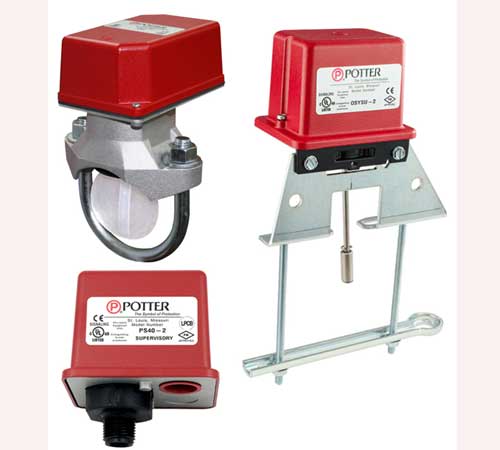
Flow, Temper Switch
